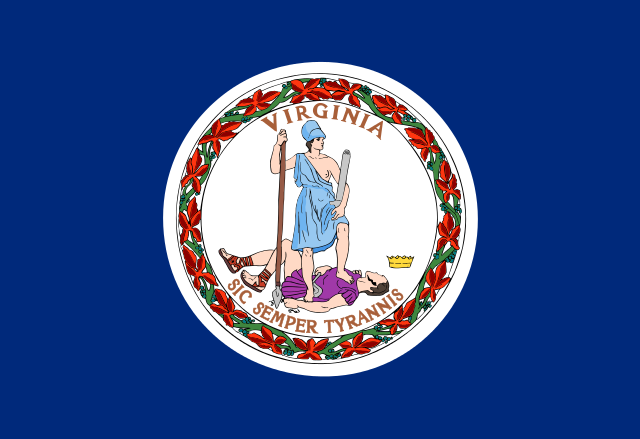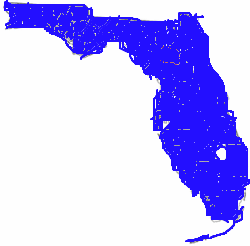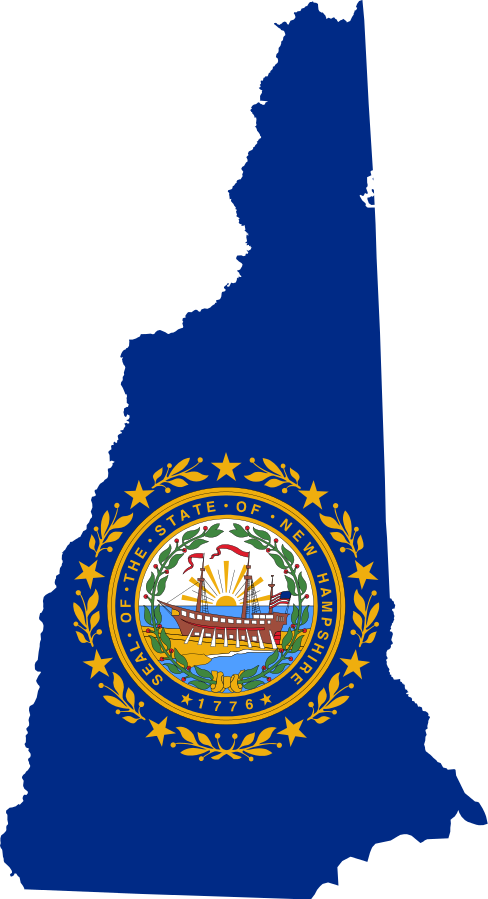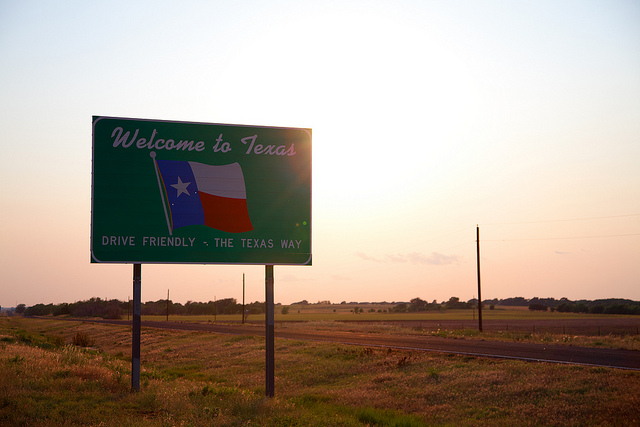Pennsylvania Gov. Tom Wolf unveiled his budget proposal on Tuesday, and it contained a number of pension-related items.
The biggest was undoubtedly the proposed issuance of $3 billion in pension bonds, to be used to pay down the liability of the Public School Employees Retirement System (PSERS).
As is always the case with pension bonds, the state runs the risk of worsening its financial position. But if PSERS’ investment returns exceed the bonds’ interest rates, the state will come out on top.
More from Philly.com:
“A portion of the current unfunded liability for PSERS would be refinanced to take advantage of historically low interest rates, with all savings reinvested to reduce that liability.” Wolf wants to borrow $3 billion and give it to PSERS so it can reduce the recent increase in pension subsidies by school districts and the state treasury.
[…]
Given recent bond prices and Pennsylvania’s bond rating (third-worst of U.S. states after Illinois and New Jersey), rates for taxable Pennsylvania pension bonds “would be about 3.25% (for 10-year bonds) and maybe 4% in 30 years,” Alan Shanckel, municipal bond strategist for Janney Capital Markets in Philadelphia, told me. Pennsylvania would have to pay that percentage and beat its self-imposed 7.5% investment return target each year to make the bond pay.
Pennsylvania’s state-level pension plans are about 62 percent funded, collectively.








